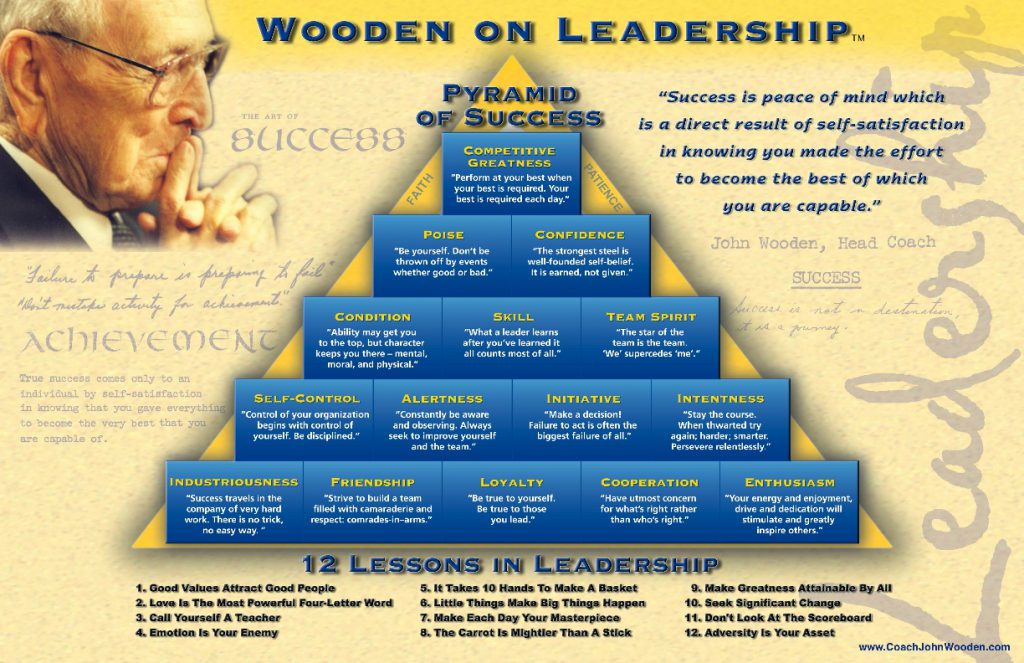Action Steps toward Achieving Goals and Desired Outcomes
Step 1
What worthwhile goal or desired outcome would l would like to reach?
Example: Doing Yoga daily and going to gym a minimum of 2 times per week and working out with weights and doing aerobic exercise
Step 2
List any potential internal or external obstacles or challenges your might face in realizing your goal?
Step 3
What actions will I take to overcome any potential internal /external obstacles or challenges?
Step 4
If I reach this goal, what will it do for me? What will be different? What will be the results? How will I benefit?
Example:
• I will lose a minimum of 10-15 pounds along with the new food plan I have been practicing within two months
• I will feel more confident as I talk to potential customers and network for new business
• I will strengthen my will and gain self-confidence as I break old self-defeating behavior and attitudinal patterns
• I will reduce my stress, build my endurance, and gain greater flexibility
• My clothes will fit better and I will feel even better about my appearance
• My immune system and overall health will be strengthened
• My muscles will be toned and I will feel stronger.
Step 5
If these are the benefits I want, then the real goal is:
To increase my sense of confidence, self-esteem and credibility with myself that I am able to experience the success of reaching a worthwhile goal that is life enhancing.
I can reach my goal by creating by creating a Personal Plan of Action using the SMART Method
• Specific
• Measurable
• Actionable
• Realistic
• Time-Bound
Action Steps
- Setting up a time each on Monday at 8:00 am to review the family and work schedule with my wife
- On Sunday morning between 8am-10am I will plan my work, family and personal schedule for the upcoming week. This is the time when I will have no distractions.
- etc…
Affirmations to support me
• I enjoy working out each day and increasing my vitality, strength and sense of well-being
• I thank God for the time he has apportioned to me today and I use it wisely and constructively
• I am eating a healthy and nutritious diet each day that make me feel energized and strong
Visualizations I can use to support me
• I can visualize a daily practice of doing Yoga, working out and doing QiGong
• I can visualize losing the extra weight in my stomach and how good I will feel without the extra weight
